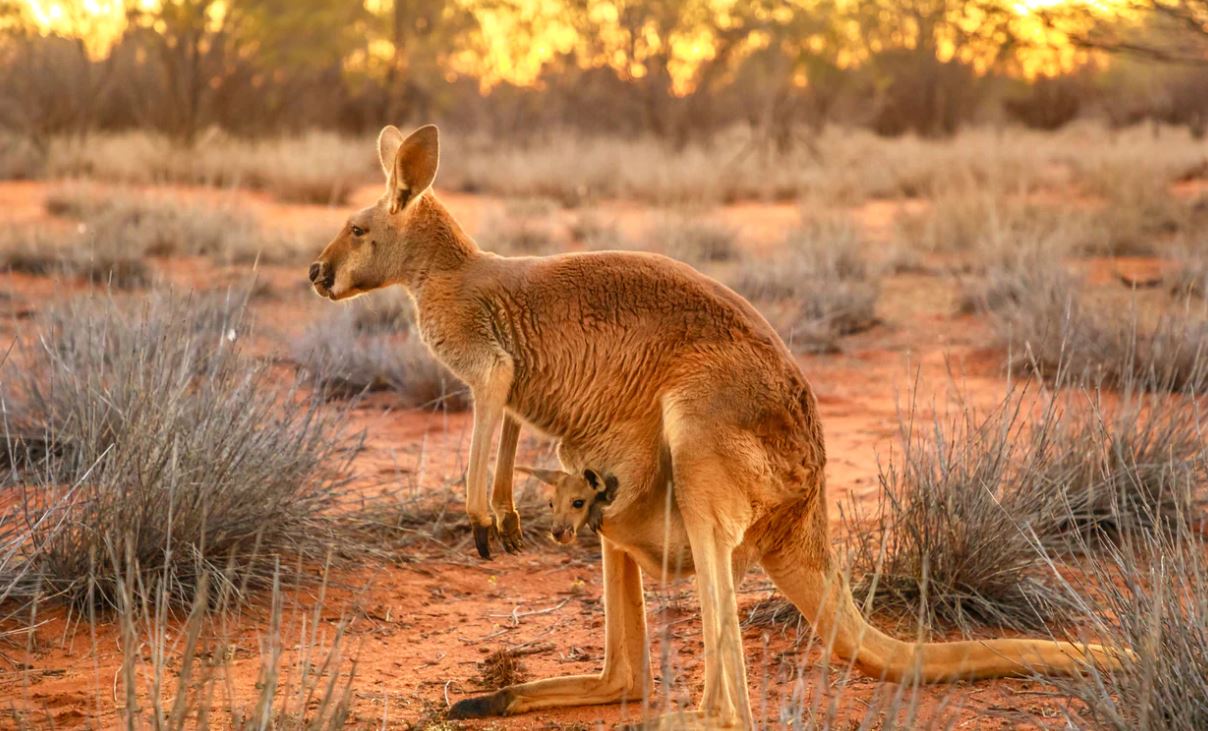Are Marsupials Mammals?
Yes, indeed! Marsupials are a fascinating group of creatures that fall under the category of mammals. They are part of the class Mammalia, just like all other mammals. What sets marsupials apart is their unique characteristic of being “pouched mammals.” Once born, their offspring continue to develop inside a special pouch located in the mother’s abdomen.
Marsupials belong to the infraclass Metatheria, which is one of the three primary groups of mammals. The other two groups are the egg-laying monotremes and the placental mammals.
You might be familiar with some well-known marsupial species such as the red kangaroo, red-necked wallaby, koala, Tasmanian devil, and the Virginia opossum (which happens to be the only marsupial found in the wild in the USA).
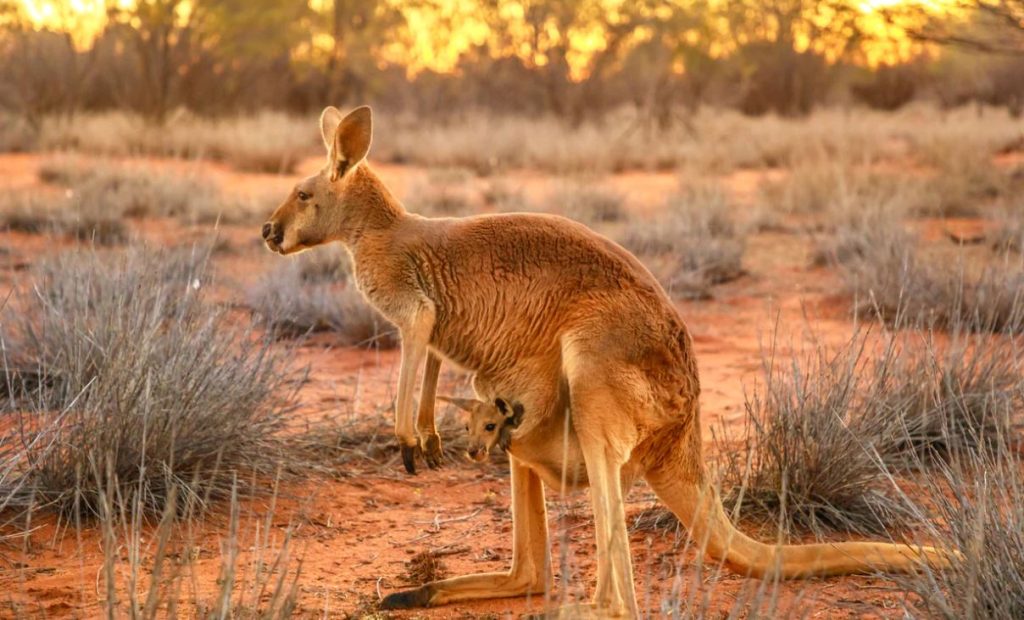
Marsupials, a fascinating group of animals, inhabit Australasia and the Americas exclusively. Among these regions, South America holds the majority of New World marsupial species. Remarkably, neither Europe nor Asia is home to any marsupials in their natural habitats.
Continue reading to delve into the world of marsupials and explore the connections they share with other mammals.
Mammals
To grasp why marsupials are categorized as mammals, let’s delve into the essence of mammals themselves…
What Defines a Mammal? A mammal is a creature that falls under the classification of Mammalia, which represents a specific group of animals.
Among other familiar animal classifications like Reptilia for reptiles and Amphibia for amphibians.

Despite the distinct variations between marsupials and other mammal groups, both marsupials and non-marsupials share common ancestry and possess certain traits that define them as mammals.
These defining mammalian characteristics set them apart from other types of creatures. Some of these traits include:
- Milk-producing mammary glands that female mammals, including marsupials, use to nourish their offspring. In the case of marsupials, these glands are located within their pouch.
- Hair, which distinguishes mammals from other animals. While some insects may have hair-like structures, true hair is a feature exclusive to mammals.
Why Are Marsupials Mammals?
Marsupials are classified as mammals due to their possession of mammary glands and hair, distinguishing them from other animal classes like reptiles or amphibians. While traits such as specialized teeth, lung-based respiration, and warm-bloodedness are shared by mammals, they are not exclusive to this class, as birds also exhibit warm-bloodedness, for instance. If you’re interested in learning more about reptiles, you can explore the comprehensive guide titled “Reptiles: The Ultimate Guide.” Likewise, the page “Amphibians: The Ultimate Guide” provides further insights into amphibians.
The Three Main Types Of Mammals

In the vast world of mammals, we encounter three distinct categories:
Firstly, we have the extraordinary monotremes, which possess the remarkable ability to lay eggs. These peculiar creatures, such as the platypus and echidna, stand apart from the rest with their distinctive reproductive method.
Next, we encounter the metatheria, commonly known as marsupials or pouch-wearing mammals. These fascinating beings nurture their young within a specialized pouch, offering them a safe and nurturing environment. Kangaroos, koalas, and opossums are among the notable members of this group.
Lastly, we have the eutherians, also known as placental mammals. These are the most prevalent and diverse mammals on our planet. From humans to whales, elephants to bats, the majority of mammals belong to this group. Their distinguishing characteristic is the development of a placenta during pregnancy, allowing for a longer gestation period and more advanced development of offspring before birth.
These three groups showcase the incredible diversity and unique adaptations found within the mammalian world.
Marsupials Vs Monotremes
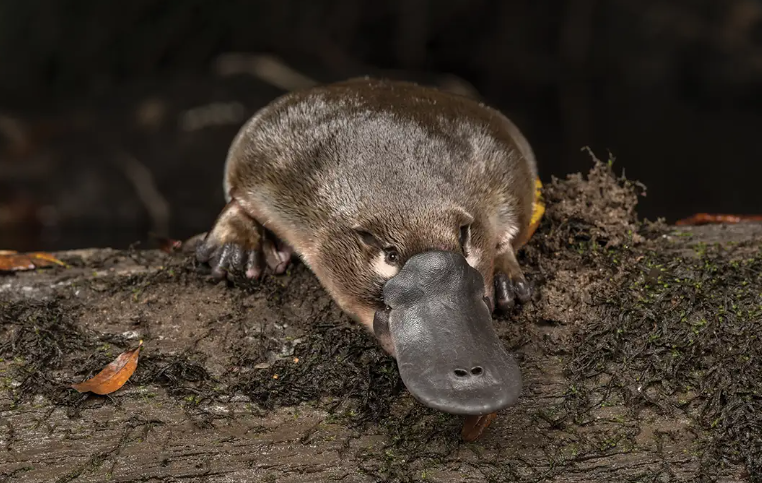
Monotremes, a distinctive cluster of merely five mammalian species, encompass the platypus and four echidna varieties.
What sets monotremes apart is their extraordinary reproductive strategy, which diverges from that of all other mammals. Unlike their counterparts, monotremes lay eggs instead of giving live birth.
In comparison to placental mammals, marsupials exhibit a lesser degree of kinship with monotremes. While both marsupials and placental mammals bear live young, it is exclusively the realm of monotremes to lay eggs, making them truly unique among mammals.
Marsupials Vs Placental Mammals
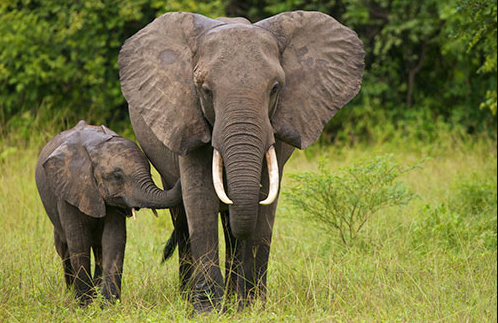
While both marsupials and placental mammals bring forth live offspring instead of laying eggs like monotremes, they exhibit distinct dissimilarities.
Marsupials possess certain traits that set them apart from other mammals, including:
Relatively brief gestation periods compared to placental mammals. The presence of a pouch, known as a marsupium, where the marsupial offspring undergoes development. The absence of bony kneecaps. Possession of epipubic bones, which are a pair of bones attached to the pelvis and are exclusive to marsupials and their ancestors.
The Marsupial Pouch
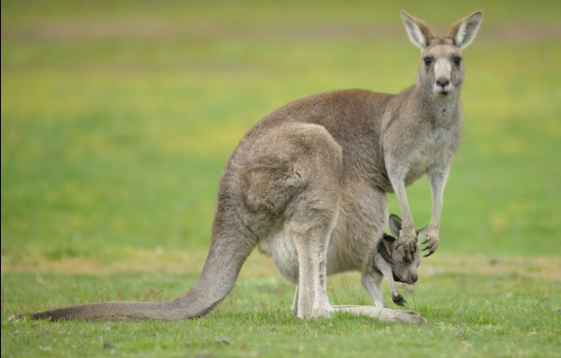
Most female marsupials possess a specialized pouch called the marsupium, which serves as a protective space for the development of their offspring. The pouch varies in form among species, ranging from a mere fold of skin to a fully-formed opening covered in fur.
The purpose of the pouch is to provide a safe environment for the growth of a young marsupial, commonly known as a “joey.” Marsupials differ from placental mammals in that their young are born at a very early stage of development. A newborn marsupial may resemble a small, hairless jellybean.
Contrary to popular belief, a marsupial is not born directly into the pouch. Instead, the joey must navigate its way up its mother’s body after being born and then attach itself to a teat within the pouch to begin feeding. To aid in this journey, newborn marsupials possess robust forelimbs.
The pouch of a female marsupial not only offers protection and warmth but also houses the mother’s mammary glands, providing nourishment to the growing joey. In this way, the pouch fulfills multiple essential roles in the development and sustenance of the marsupial offspring.

Certain marsupial species have a fascinating parenting strategy whe
their baby joeys spend a significant amount of time nestled in their mother’s pouch. In some cases, this cozy arrangement can last up to a remarkable 12 months. During this period, the joey undergoes remarkable transformations as its fur grows, eyesight improves, and it gains the necessary skills to walk and explore on its own. Once these developmental milestones are reached, the young marsupial becomes self-reliant and ready to embark on an independent journey apart from its mother.
Placental Mammals
Offspring of placental mammals enter the world at a significantly more developed state compared to the young of marsupials.

During the prenatal stage, a developing mammalian offspring obtains sustenance through a specialized organ called the placenta while residing within its mother’s womb. The placenta serves the vital functions of supplying oxygen to the fetus, facilitating the removal of carbon dioxide and waste materials.
Gestation
An animal’s gestation period refers to the time it takes for the fetus to develop and be born after fertilization. This duration can vary across different species, with a general trend indicating that smaller species tend to have shorter gestation periods.
In the case of marsupials, their gestation period typically doesn’t exceed 5 weeks. However, there is a remarkable exception found in the stripe-faced dunnart, a small carnivorous marsupial resembling a mouse. These unique creatures have the shortest recorded gestation period among marsupials, lasting a mere 11 days.
Even the largest marsupial species, such as the red kangaroo, have relatively brief gestation periods, lasting only 33 days.
Evolution of Marsupials
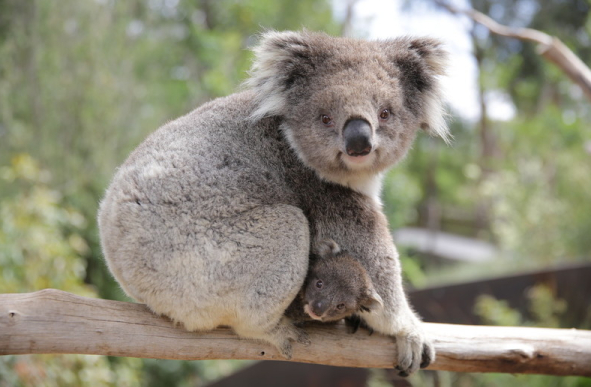
Marsupials belong to the infraclass Metatheria, which includes not only marsupials themselves but also all mammals that are more closely related to marsupials than to placental mammals.
To put it simply, Metatheria encompasses the ancestors of marsupials and all authentic marsupials, whether they are currently alive or have become extinct.
Metatherians are considered to have a closer evolutionary relationship with eutherians (placental mammals) than with monotremes.
The exact time when metatherians diverged from placental mammals is unknown, but it is believed to have happened between 125 and 90 million years ago during the Early Cretaceous period.
While dinosaurs were thriving, mammals were actively diversifying beneath them, taking advantage of the ecological opportunities available.
Paleontologists differentiate early marsupials from their placental counterparts by examining their teeth. Metatherians possess four pairs of molars, while placental mammals have a maximum of three pairs.
Additionally, metatherians exhibit a distinct feature in their skulls called “palatal fenestrae,” which refers to an extra pair of openings.
What Was The First Marsupial & When Did It Live?
Peradectes minor, a creature resembling an opossum, holds the distinction of being the earliest recognized marsupial. Its remains were discovered in what is now North America, during the Paleocene Epoch, a period that followed the Cretaceous-Paleogene Extinction Event responsible for the demise of large dinosaurs.
Additional examples of the Peradectes genus have been unearthed in Europe, suggesting a broader distribution in the past.
Presently, the majority of marsupials inhabit the Southern Hemisphere. Surprisingly, in ancient times, marsupials were more widespread in the Northern Hemisphere compared to their current distribution.
The prevailing belief is that the limited presence of marsupials today is a consequence of their inability to effectively compete with placental mammals.
Central American Seaway
For millions of years, South America and North America were separated by the Central American Seaway, a body of water that kept them apart during the Cretaceous Period. However, approximately 4 million years ago, the Isthmus of Panama formed, reconnecting the two continents.
During the long separation, the marsupials in South America had a unique opportunity to evolve and adapt to various ecological niches, resulting in a diverse array of species.
Unfortunately, when the Isthmus of Panama formed and allowed the migration of placental mammals from North America into South America, the marsupial diversity in South America was once again affected.
Today, only about 30% of living marsupials are found in the Americas, and the Virginia opossum is the only marsupial that ranges further north than Mexico.
Marsupials from South America eventually reached Australasia by traveling through Antarctica, which was once a temperate region rather than the cold desert it is today.
In Australasia, the absence of placental mammals provided ample opportunity for marsupials to diversify significantly. Even now, the Australian continent is home to approximately 70% of all marsupial species.
Another possible reason for the predominance of marsupials in the Southern Hemisphere is that they may have fared poorly during the Cretaceous-Paleogene Extinction Event, which not only led to the demise of the dinosaurs but also caused the extinction of many other animal and plant species.
According to the Catalogue of Life, an online database of species, there are currently 335 known living species of marsupials. (Source)
Are Marsupials Mammals: Conclusion
In this text, you have discovered that marsupials belong to the category of mammals. Alongside monotremes and placental mammals, marsupials represent the three primary groups of mammals.
All mammals share specific traits, such as the ability to produce milk through mammary glands, possessing hair, relying on lungs to breathe air, and maintaining warm-bloodedness.
